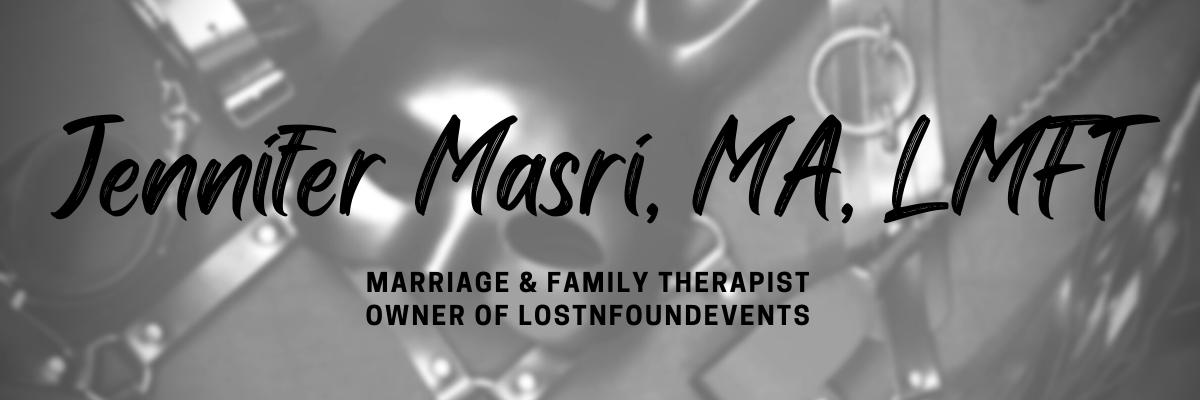We Are Human First
This article is about consent and negotiation and mistakes and hindsight. It’s about personal responsibility and compassion.
There are reasons I don’t do pick up play and why I like to be at least friends with someone before I do a scene with them. When you play as a bottom you are trusting someone with your physical, mental, and emotional well-being for a certain amount of time. When you play as a Top you are trusting another person to be honest with you up front and not vilify you if you make a mistake. Notice the running theme? TRUST. Now, if you are just starting to play and have just met that person or have only known them a short time, then a whole lot of trust isn’t necessarily there yet. This is why it’s not recommended that you do heavy scenes or attempt to push boundaries and limits with someone in the beginning. You should be developing more trust first.
So what should you trust about a new play partner? Well, as a bottom you should hopefully be able to trust that your Top has good intentions and is looking to play with you in a safe way while adhering to the limits that you have stated during negotiation. That they are not looking to take advantage of you or do things that weren’t discussed just because “well you didn’t say I couldn’t”. (This is also why I teach newbies to negotiate from an “I want to start with just doing x, y, and z” position rather than trying to think of all the things they don’t want to do.) As a Top you should be able to trust that the bottom has disclosed whatever medical issues, triggers, etc that they are aware of, along with things that may be unique to them as a player. For example, bottoms – if when you go into subspace you are barely aware of your surroundings or what year it is, this is something the Top should be made aware of!
However, guess what? Even after all that things can go wrong. The bottom may have forgotten to disclose something. The Top may have briefly had a brain fart regarding one of the bottom’s limits. The bottom may have been triggered by something they didn’t realize they would be triggered by. The Top may have done something that wasn’t spelled out in negotiations (not talking about major stuff). But remember, scenes are supposed to be fun. Especially with a new partner who is likely not to go too “deep” or too far in play the first time. Not everything will be spelled out in the negotiation – it’s not possible. Or, if possible, it would probably be a very boring, predictable scene.
So what do you do about that? Well, for starters, choose to play with people you can have a conversation with. I’m talking about a conversation beyond the negotiation. If these things happen (which they will) don’t jump to anger and blaming the other person. Start with personal responsibility. Look in the mirror and ask yourself what part of that do you hold accountability for? Acknowledge this to your partner. Hopefully they will acknowledge their part of whatever happened as well. TALK about the little things that happened and assume it was not born from manipulation or ill intent. Are some people douche-nozzles? Absolutely. However, most people aren’t looking to hurt you or create a bad reputation for themselves. Most people are doing the best they can or the best they know how to do. So talk about the scene. Make adjustments in your future negotiations if need be.
Just remember when you strip away the titles and the power exchange – we are all just human first.










